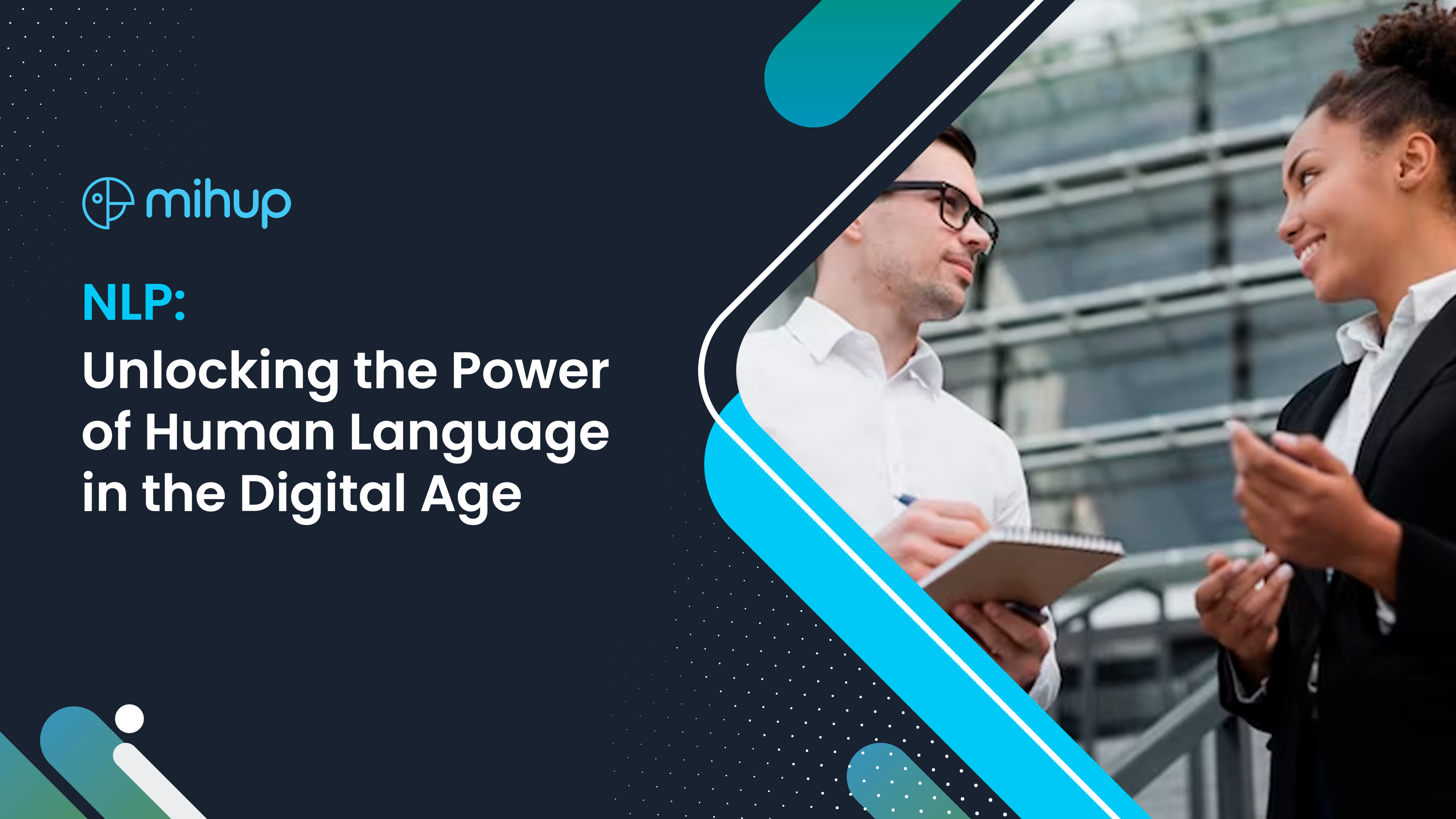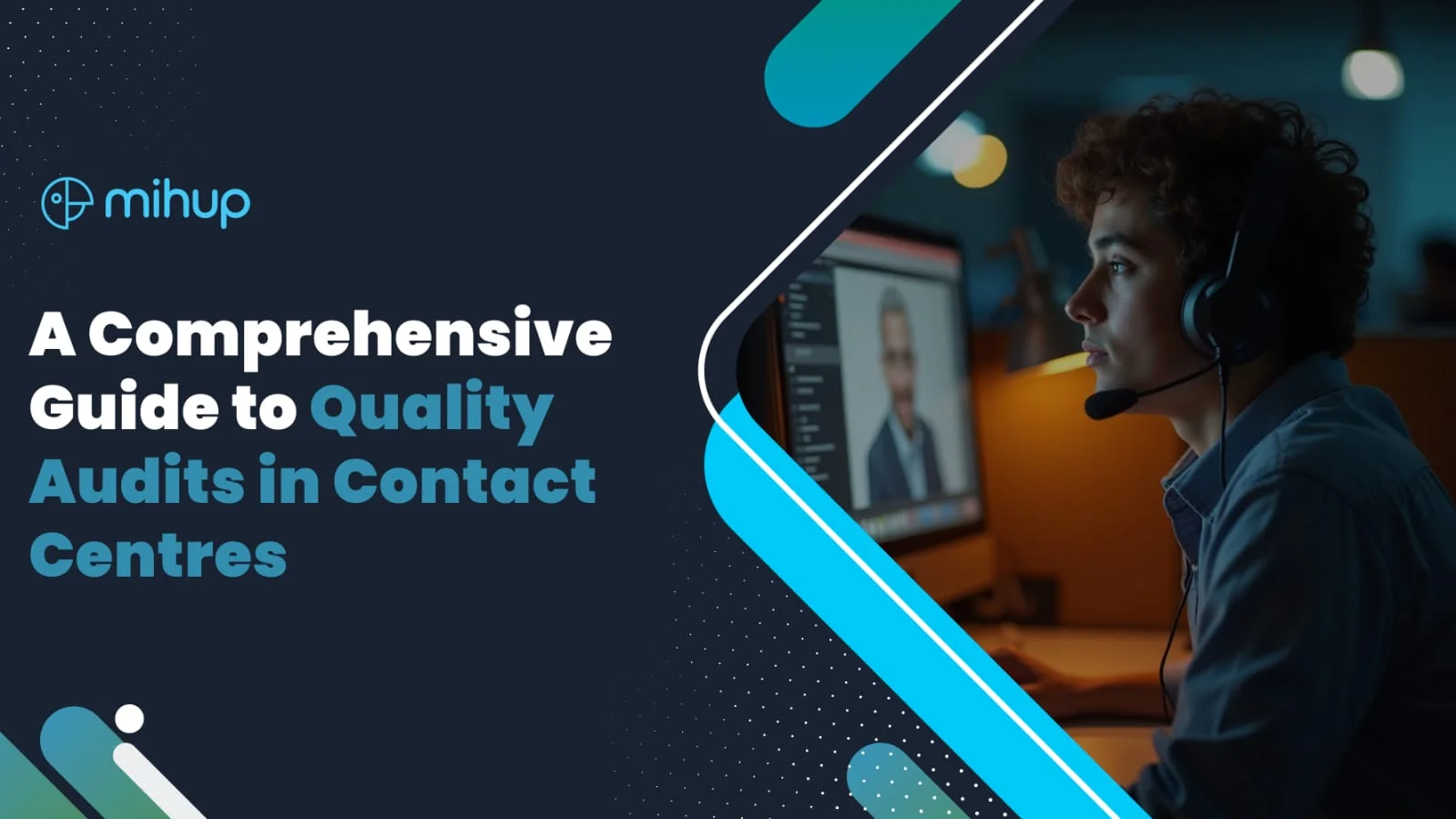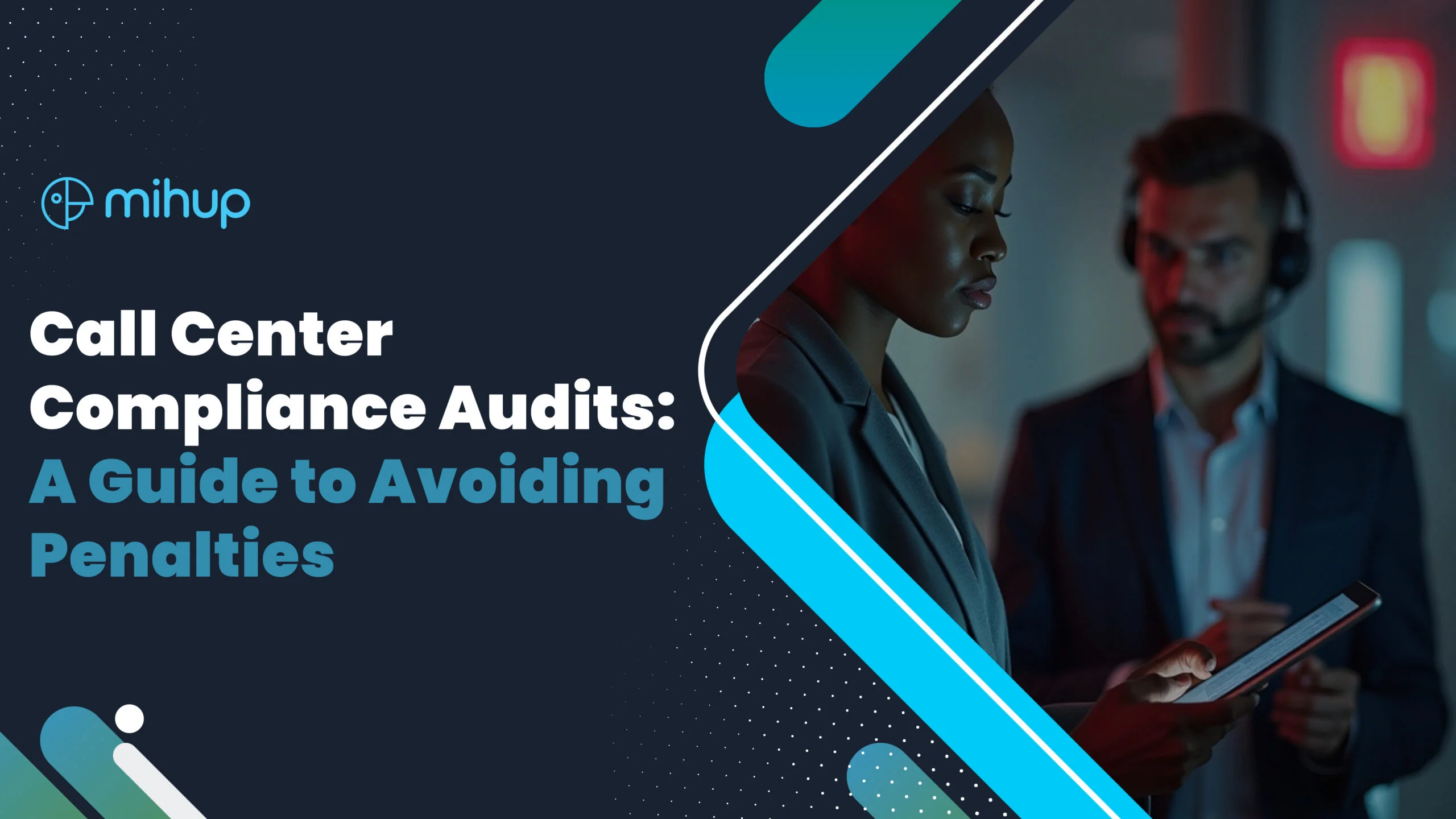Natural Language Processing (NLP) is a field of artificial intelligence (AI) that focuses on the interaction between computers and human language. It involves the development of algorithms and models that enable computers to understand, interpret, and generate natural language. NLP plays a crucial role in various applications, from voice assistants and chatbots to sentiment analysis and machine translation. In this article, we will explore the fundamental concepts and components of NLP and understand its significance in today’s technological landscape.
Understanding Natural Language Processing
At its core, NLP aims to bridge the gap between human language and computational systems. Human language is incredibly diverse, complex, and often ambiguous. NLP algorithms and models strive to extract meaningful information from text or speech and process it in a way that computers can comprehend and respond to.
Components of NLP
Text Preprocessing
Before any meaningful analysis can be done, NLP algorithms typically perform text preprocessing. This step involves transforming raw text into a format that is easier to work with. It includes tasks such as tokenization, which breaks down the text into individual words or tokens, removing punctuation, converting text to lowercase, and handling special characters (commonly used words like “the,” “is,” etc., which carry little meaning). Text preprocessing helps standardize the input data and makes it suitable for further analysis.
Morphological Analysis
Morphological analysis deals with the internal structure of words. It involves tasks like stemming (reducing words to their root form, e.g., “running” to “run”) and lemmatization (reducing words to their base or dictionary form, e.g., “better” to “good”).
Language Modeling
One of the fundamental concepts in NLP is language modeling. Language models are statistical models that assign probabilities to sequences of words in a given language. These models capture the relationships between words and the likelihood of certain sequences occurring. The most common language model used in NLP is the n-gram model, which considers the probability of a word given its previous n-1 words.
Syntax and Grammar Analysis
Understanding the syntax and grammar of a sentence is crucial for comprehending its meaning. NLP employs techniques such as parsing to analyze the grammatical structure of sentences. Parsing involves breaking down a sentence into its constituent parts, such as nouns, verbs, and phrases, and determining the relationships between them. Dependency parsing, for example, identifies the dependencies between words, highlighting which words modify or are related to others.
Named Entity Recognition (NER)
Named Entity Recognition is the process of identifying and classifying named entities in text, such as people, organizations, locations, dates, and more. NER is essential for information extraction tasks, as it helps identify key entities in a document. NLP algorithms use techniques like rule-based matching, machine learning, or deep learning to recognize and categorize named entities accurately.
Sentiment Analysis
Sentiment analysis, also known as opinion mining, aims to determine the sentiment or emotion expressed in a piece of text. It helps understand whether the text conveys a positive, negative, or neutral sentiment. NLP algorithms for sentiment analysis leverage techniques such as word embeddings, machine learning classifiers, and deep learning models to assign sentiment scores to text. Sentiment analysis finds applications in social media monitoring, customer feedback analysis, and market research.
Machine Translation
Machine translation is the task of automatically translating text from one language to another. NLP approaches to machine translation have evolved significantly over the years. Traditional rule-based methods involved creating complex linguistic rules and dictionaries to translate text. However, with the advent of neural machine translation (NMT) models, the focus shifted to deep learning. NMT models utilize large neural networks to learn the mapping between languages, resulting in more accurate and fluent translations.
Question Answering
Question answering (QA) systems aim to automatically answer questions posed in natural language. These systems process the question and search for relevant information to generate an appropriate answer. NLP techniques for QA involve information retrieval, where relevant documents or sources are searched, and natural language understanding, which helps comprehend the question and extract the required information from the available data.
Text Generation
Text generation involves creating human-like text based on a given prompt or context. NLP models such as recurrent neural networks (RNNs) and transformers have demonstrated remarkable capabilities in generating coherent and contextually relevant text. These models learn from vast amounts of text data and can produce natural-sounding language in various applications, including chatbots, virtual assistants, and creative writing.
Coreference Resolution
Coreference resolution deals with determining when two or more expressions in a text refer to the same entity. For example, in the sentence “John went to the store. He bought some groceries,” coreference resolution identifies that “he” refers to “John.” This task is essential for understanding the context and meaning of a text accurately. NLP techniques for coreference resolution involve leveraging contextual information, entity linking, and semantic similarity measures.
Natural Language Processing is a rapidly advancing field that enables computers to process, understand, and generate human language. It encompasses various techniques and approaches, ranging from statistical models to deep learning algorithms. By leveraging text preprocessing, language modeling, syntactic analysis, and other NLP tasks, computers can extract meaningful insights, answer questions, translate languages, and even generate human-like text. With ongoing research and advancements, NLP continues to revolutionize the way we interact with technology and interpret vast amounts of textual data.
Applications of NLP
NLP has a wide range of applications across various industries.
Virtual Assistants
Virtual assistants, such as Siri, Alexa, and Google Assistant, rely on NLP techniques to understand user commands and provide appropriate responses. NLP algorithms process the user’s speech or text input, perform speech recognition or text understanding, and extract the intent and entities from the input. This allows virtual assistants to perform various tasks, such as setting reminders, providing weather updates, answering questions, or controlling smart home devices. NLP enables virtual assistants to interpret and respond to natural language queries, making human-computer interaction more intuitive and convenient.
Sentiment Analysis and Social Media Monitoring
NLP plays a crucial role in sentiment analysis and social media monitoring. Sentiment analysis involves extracting subjective information from text, and determining whether the expressed sentiment is positive, negative, or neutral. NLP algorithms analyze social media posts, customer reviews, or feedback to understand the sentiment toward products, services, or brands. This information helps businesses gauge customer satisfaction, identify emerging trends, and make data-driven decisions. Social media monitoring powered by NLP enables companies to track brand reputation, manage crises, and engage with customers effectively.
Machine Translation
NLP-based machine translation systems break down language barriers by automatically translating text from one language to another. These systems utilize statistical models, rule-based approaches, or advanced neural machine translation (NMT) techniques. NMT models, such as encoder-decoder architectures with attention mechanisms, have significantly improved translation quality. NLP algorithms learn patterns and relationships between languages, enabling accurate and fluent translations. Machine translation is essential for global communication, e-commerce, and multilingual content localization.
Information Extraction
NLP algorithms excel at extracting relevant information from unstructured text, such as news articles, research papers, or online documents. Information extraction involves identifying and capturing specific entities, relationships, or events from text data. Named Entity Recognition (NER) is used to extract entities like person names, locations, organizations, and dates. Relation extraction techniques identify connections between entities, while event extraction focuses on detecting and categorizing events mentioned in text. Information extraction assists researchers, analysts, and businesses in deriving valuable insights, summarizing large amounts of data, and automating information retrieval processes.
Natural Language Processing (NLP) has a profound impact on various applications, including virtual assistants, sentiment analysis, machine translation, and information extraction. By leveraging NLP techniques, virtual assistants can understand and respond to user commands, while sentiment analysis and social media monitoring allows businesses to analyze customer feedback and manage their brand reputation effectively. Machine translation systems break down language barriers, facilitating global communication, and information extraction techniques enable the extraction of valuable insights from unstructured text. NLP continues to advance, empowering computers to process and understand human language more accurately, leading to enhanced user experiences and improved decision-making capabilities.





